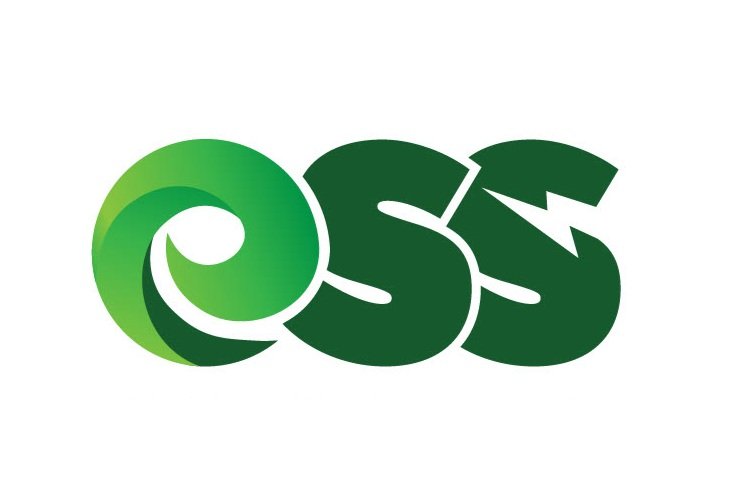Accessible Solar Power Financing for Low-Income Households
Intro
In a world where renewable energy is gaining momentum, ensuring that every corner of society benefits from its advantages is imperative. Solar power isn't just a luxury for the affluent; it's a beacon of hope for a sustainable future that should be accessible to all, including low-income households. Let's delve into the empowering world of solar power financing tailored to uplift those who need it most.
Empowering All: The Importance of Solar Access for Low-Income Families
Breaking Down Barriers
Renewable energy, particularly solar power, has the potential to alleviate energy costs and reduce the carbon footprint of low-income households. Yet, the financial barriers often make it seem out of reach.
By bridging the gap between solar power and low-income families, we can create a more equitable energy landscape while addressing environmental concerns.
Redefining Affordability
The traditional model of solar financing may not align with the financial realities of low-income households. Creative approaches are essential to make solar solutions affordable and practical for these families.
Innovative financing models, community solar projects, and partnerships with non-profit organizations can transform the narrative of solar accessibility.
Solar Financing Options for Low-Income Households
Community Solar Initiatives: Power in Unity
Community solar projects allow multiple households to share the benefits of a solar installation located off-site. This approach eliminates the need for upfront costs and installation on individual homes.
Participants receive credits on their energy bills for the solar energy produced, contributing to immediate savings and a cleaner environment.
Government Subsidies and Grants: Enabling Change
Governments at various levels often provide financial support for low-income households to adopt solar power. Subsidies and grants can significantly reduce the initial investment and operating costs.
These incentives not only ease the financial burden but also encourage the adoption of clean energy technologies.
Low-Interest Loans: Lighting the Way
Collaborations between financial institutions and government agencies can yield low-interest loans specifically designed for low-income households. These loans come with favorable terms to ensure that repayments are manageable.
Low-interest loans empower families to invest in solar power without straining their budgets, creating a sustainable pathway to energy independence.
A Sunnier Tomorrow: Ensuring Equitable Solar Access
In the pursuit of a more inclusive and sustainable future, it's crucial to recognize that the benefits of solar power should not be limited to a privileged few. By dismantling financial barriers and fostering innovative financing solutions, we can extend the promise of solar energy to every corner of society, illuminating lives and the environment.
Frequently Asked Questions (FAQ)
-
The Biden solar panel program refers to initiatives by the Biden administration to expand solar energy access and affordability. Part of the plan focuses on advancing clean energy tax credits and investing in infrastructure to support a clean energy future, with an emphasis on assisting disadvantaged communities.
-
The "$7 billion solar for all program" typically refers to initiatives aimed at ensuring that low-income households have access to the benefits of solar energy. Such programs focus on providing financial incentives, grants, and affordable financing options to make solar installations accessible and affordable for households with limited financial means.
-
Yes, the middle class can afford solar panels. Thanks to decreasing solar panel costs, federal tax credits, state incentives, and various financing options, solar energy has become more accessible to middle-class households. Over the long term, the savings on electricity bills often make the investment in solar panels financially beneficial.





